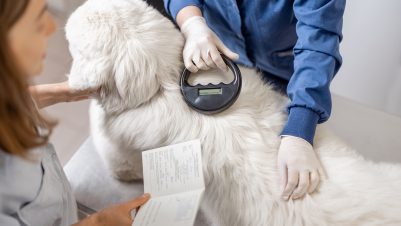
Feline calicivirus (FCV) along with feline herpesvirus (FHV) and Chlamydia felis are highly contagious, common oral infectious agents of cats, and the main cause of upper respiratory tract disease in cats.
However, little is known about their occurrence in the UK pet cat population and the risk factors for their oral carriage.
The new study, published in the latest issue of the Journal of Small Animal Practice, assessed the prevalence and risk factors for common respiratory pathogens in cats using buccal swabs collected from 430 cats enrolled in the Bristol Cats Study.
All three major upper respiratory tract pathogens were detected in the cats sampled, with 13.3 percent of cats positive for FCV, 2.1 percent positive for FHV and 1.2 percent positive for C. felis.
The prevalence of each pathogen was lower than in previous studies, which could be a more representative reflection of the cat population studied (a predominantly junior life-stage general pet cat population).
Purebred cats had a higher chance of carrying FCV compared to crossbred cats, as did cats with current or historical clinical signs of upper respiratory tract disease.
Being entire at 12 months and living in a multi-cat household were also found to be risk factors for FCV.
Emi Barker, lead author of the study, said: “This study supports the on-going need to vaccinate cats against these highly transmissible agents.
“Background population prevalence also needs to be borne-in mind when investigating and treating cats with upper respiratory disease – for example, calicivirus is going to be a prime suspect, but finding it might not be a slam dunk diagnosis.”
The majority of cats with FHV or C. felis were also positive for FCV. Therefore, veterinarians should also assess for FCV in any cats suspected of having C. felis or FHV infection based on clinical signs (eg conjunctivitis; herpetic ulcers).
When needing to hospitalise cats, using disinfectants that have activity against FCV is vital, particularly in cats with a history of upper respiratory tract disease.
The study was funded by BSAVA PetSavers, the grant awarding arm of the British Small Animal Veterinary Association.
You can access the full study and see the accompanying infographic for more details on the website.






